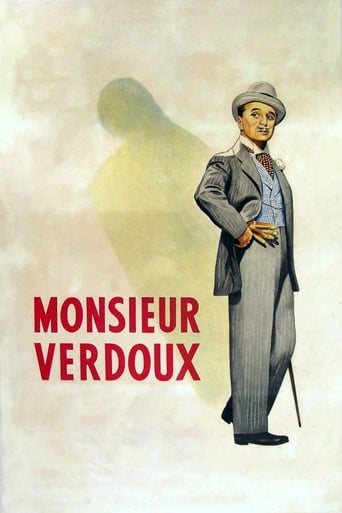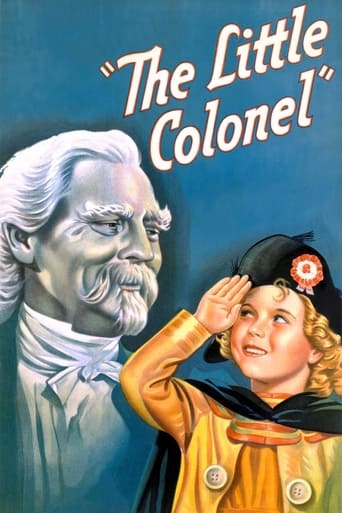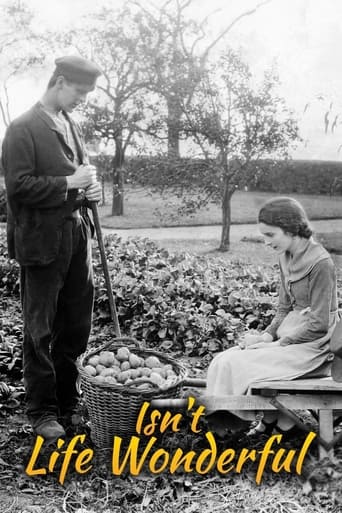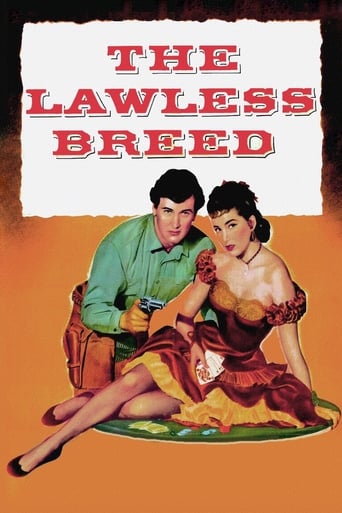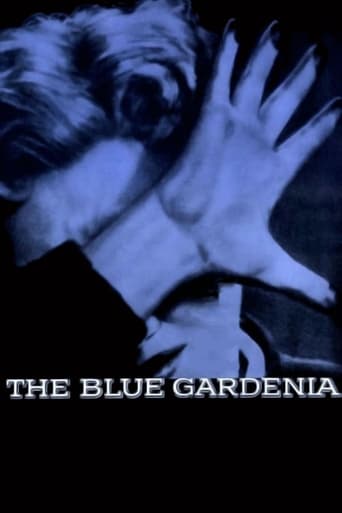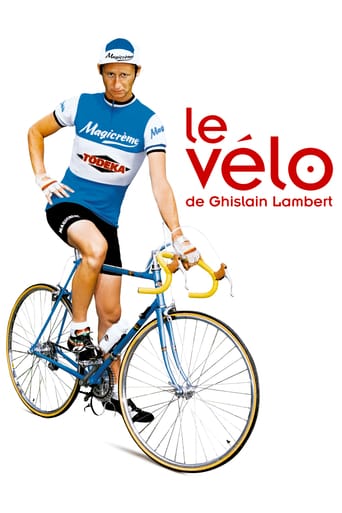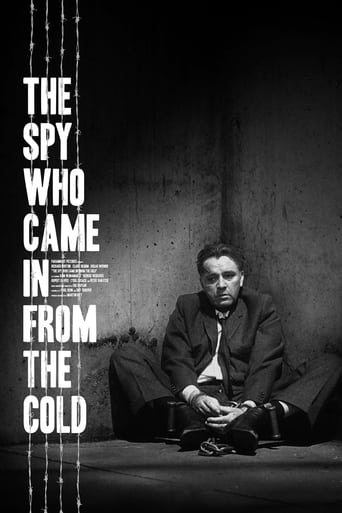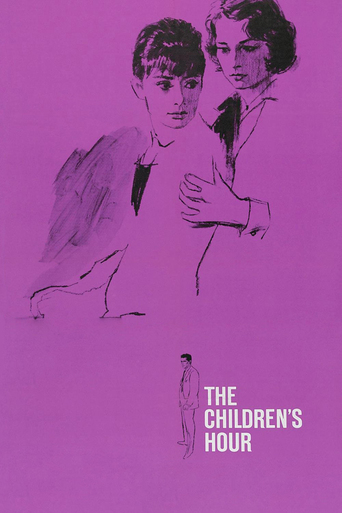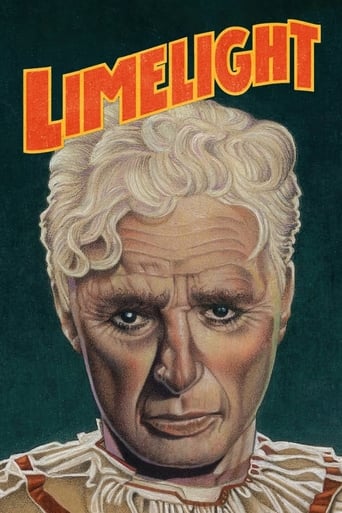


Limelight
A fading music hall comedian tries to help a despondent ballet dancer learn to walk and to again feel confident about life.
-
- Cast:
- Charlie Chaplin , Claire Bloom , Nigel Bruce , Buster Keaton , Sydney Chaplin , Norman Lloyd , Andre Eglevsky


Similar titles
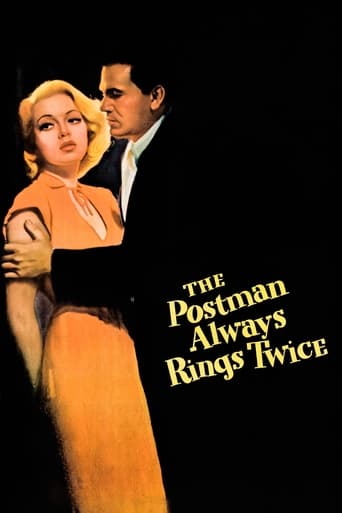

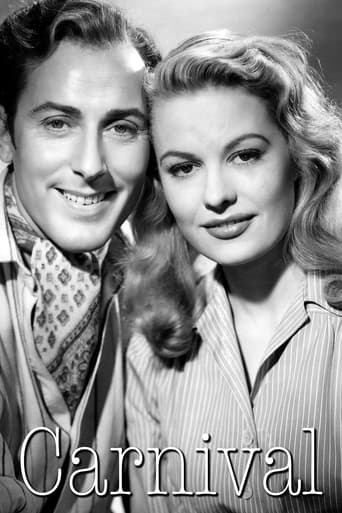
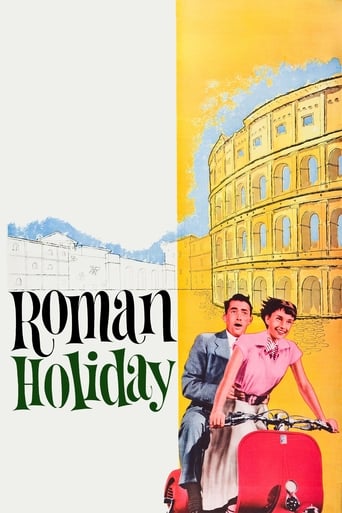
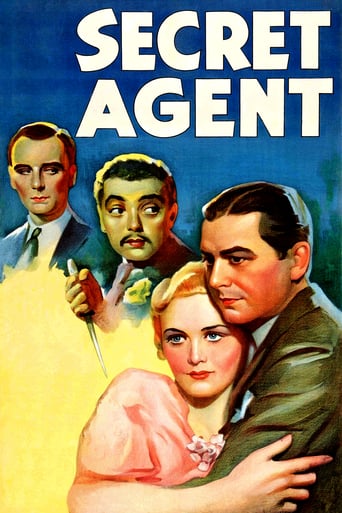
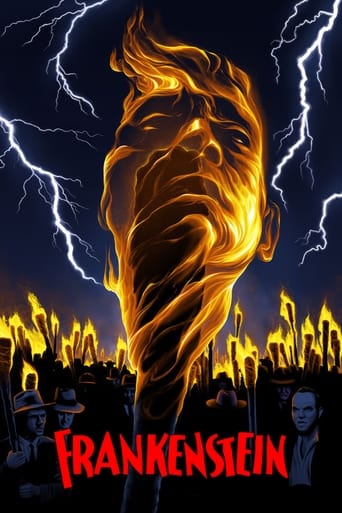
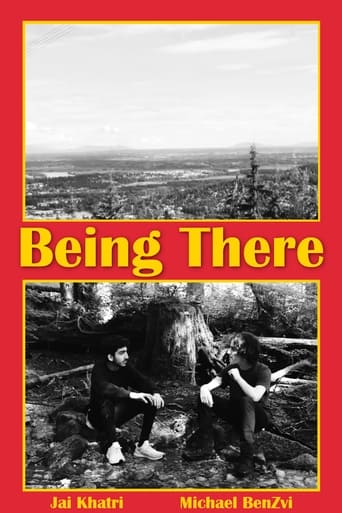
Reviews
The Age of Commercialism
Great movie. Not sure what people expected but I found it highly entertaining.
It's a good bad... and worth a popcorn matinée. While it's easy to lament what could have been...
I enjoyed watching this film and would recommend other to give it a try , (as I am) but this movie, although enjoyable to watch due to the better than average acting fails to add anything new to its storyline that is all too familiar to these types of movies.
A giant of silent cinema, Charles Chaplin was a skilled director, as well. Chaplin's prolific film career included his 1952 feature Limelight. Starring in the film, as well as writing and directing it, Chaplin also elicited the help of Buster Keaton to tell his story of a comedian at the end of his career helping to council his suicidal neighbor and fledgling ballerina. The kinship developed between the two was mutually beneficial, as they both struggled to find meaning in their lives. One performer at the end of his career, another at the beginning--yet crippled by self-doubt, the two forge a bond that becomes just as necessary for one as it does the other.Living in London in 1914, Calvero (Charles Chaplin) lives in the shadow2 of his former self. He was once an extremely successful stage clown but was now experiencing problems filling concert halls. Turning to alcohol to drown his woes, he stumbles home one day to smell gas in the hallway. Upon further investigation, he realizes the smell is coming from within his downstairs neighbor, Thereza's (Claire Bloom) apartment. He breaks the door in to save her, taking her upstairs to his apartment so he can call a doctor. After she awakes, she becomes angry with Calvero revealing that she was intending on ending her life, distraught that she foiled her plan. Calvero takes it upon himself to try to show Thereza the endless gifts that life has to offer. In order to ease her burden, Calvero opens his home to Thereza for as long as she wishes to stay. This union works well for both involved because Thereza doesn't have to struggle in silence battling her demons, and Calvero feels a usefulness that he had lost. Creating an incredible bridge of emotional support for each other, Calvero is having some success in reviving his career, and Thereza is being discovered for her own talents. Perhaps the greatest blessing between the two, however, comes from Calvero imparting his wisdom in regards to love, especially when a former admirer reemerges in Thereza's life.The story of the sunsets and sunrises of life will always be interesting and engaging, because no matter who you are you have experienced one or both of these, or will be experiencing these aspects of life. Chaplin paints a beautiful picture of a man who has the best years of his life in the past, and can't find much use for himself in the changing world. When someone like this finds a wounded dove in another person, a performer like them who they can cultivate and build confidence in their art, they will gravitate towards them in hopes of feeling useful again. The only negative side is that the dove will one day be healed and embark from the nest, leaving behind the same sense of uselessness. At points throughout Limelight, Chaplin became a little overt in his message in places where subtlety would have been better suited. From about the halfway point on, pacing suffered a bit lagging on a bit for my liking. I wonder if it wasn't too much to put in the subplot of the long-ago admirer. The film was beautiful without the romantic subplot and perhaps would have been better without it. The ending was especially problematic and its execution was not a proper payoff to the investment given by the audience. The film techniques, especially the camera movement were lovely, and a nice homage to some silent film techniques, making Limelight a joy to watch despite its flaws.
Calvero remands me the Chaplin taking the honorary Oscar in 1972. his words. his emotion. his presence as gallery of so many characters. not only for the links between the clown and its interpreter. but for the bitter delicacy who reflects the fight and passion and sacrifices of an entire career. Limelight could be perceived as artificial and prisoner of clichés. the comedy has not the force from another Chaplin's works. the speeches of the artist are more didacticism. but that is the purpose. to open a door who seems a wall. to present love in a different light and angle. to show the artist out of its art-cocoon. the virtue of Limelight is to be a precious naked honest confession. about life not about art. about force of decision. about joy and success and truth. about the other as part from you. the presence of Buster Keaton. the performance of Claire Bloom. the large slices of mannerism. each as piece not for a masterpiece because nothing need demonstrated. but as a precise look in heart of small things who defines each existence. it is not a film for applause or for great eulogies. it is bitter film using almost well known theme. but it has the force to imagine a way to remind the man and not the brilliant actor. Calvero has not exactly a character. it is a fragile confession from a great man about himself and about his vision about the existence.
This is a brief review of Charlie Chaplin's last six feature films.A comical take on Lang's "Metropolis" (1927), Chaplin's "Modern Times" opens with the words "a story of industry and individual enterprise, humanity crusading in the pursuit of happiness!", an ironic jab at the mantras of industrial capitalism. The film then finds Chaplin reprising his iconic role as "the tamp", a poverty-stricken but lovable outcast whose ill-fitting clothes epitomise, amongst other things, his inability to fit in.The film watches as the tramp struggles to survive in a depressed economy. Like "Metropolis", it satirises labour, management and dehumanising working conditions. Elsewhere life for the worker is seen to be precarious, alternatives to playing the game are but death or prison, giant clocks speak to the daily grid of blue-collar workers, bosses are shown to be obsessed with speed and production, the property class relies on police brutality and all-encompassing surveillance, and the workplace itself is painted as an absurdest torture chamber. The film ends with the tramp on a road, America's future uncertain."Modern Times" made waves when it was released. It was banned in fascist Germany and Italy, then allies of the West, and scorned by those in power in the United States. It was also heavily praised in the Soviet Union and France, particularly by philosophers Jean-Paul Sartre, Simone de Beauvoir and Maurice Merlau-Pony. The film's middle section, which featured Chaplin waving a red flag and unwittingly leading communists and worker unions, would get Chaplin on several government watch-lists.Chaplin followed "Times" with "The Great Dictator". Hollywood studios wanted the film scuttled, so Chaplin financed it himself. It contains two criss-crossing plots, one about a Jewish barber who is essentially persecuted by Nazis, the other about a brutal dictator, a stand in for Adolf Hitler. Funny, scary and sad, the film would rock the US establishment. Hitler was, at the time, a US ally and good for business. What's more, he was viewed by those in power as a tool to destroy communist Russia. For many, Chaplin was a "subverisive" who was "inciting war with an ally". Deemed particularly offencive was a last act speech in which Chaplin urges the people of the world to "love one another", "throw away international barriers" and foster an "international brotherhood". Though deliberately vague, this speech was viewed as inflammatory. Was Chaplin extolling the virtues of the United States or the Soviet Union? Regardless, the US' approach to the conflicts in Europe promptly shifted. It became an ally with Russia, Hitler became the enemy and Germany attacked Russia. In the blink of an eye, "Dictator" went from being sacrilege to prophetic.Chaplin, British, was born into extreme poverty and often found himself sleeping on the streets of London. As such, he identified with his "tramp" character completely, as did millions word-wide, who saw themselves in the tramp: desolate, poor and forever bumbling down life's highways. Prior to shooting "Times", Chaplin would embark on a tour of the world, intent on seeing the effects of poverty. He'd talk to many prominent figures, most notably Churchill, George Bernard Shaw, Einstein and Gandhi.As Chaplin grew in consciousness, so would FBI files on Chaplin. He was put under government surveillance and forced to appear before a Senate subcommittee in 1941 where he was accused of being "anti American" and an "unofficial communist". Many newspapers, including the Times, began a campaign attacking Chaplin, and called for his deportation. In the mid 1940s he was charged with the Mann Act and the FBI would collude with newspapers to smear Chaplin as a sex maniac who "perverted American culture". From here on, conservative political pressure groups would attack each new Chaplin release. Some of his films would be boycotted or outright banned. In 1947 he'd be brought before the HUAC committee.Chaplin followed "Dictator" up with "Monsieur Verdoux". A black comedy, the idea for which came from Orson Welles, the films stars Chaplin as a bank clerk who loses his job and so murders women for cash and land. The film's point is explicit: if war is an extension of diplomacy, then murder is the logical extension of business. And so banking terminology is used to rationalise murder, weapons manufactures are idolised and the poor are condemned for trying to play by the rules of the wealthy. "Numbers sanctify!" Chaplain says, pointing to Hiroshima, Nagasaki and the ruthlessness of post-war capitalism; kill millions and you're a hero.Next came "Limelight", Chaplin's ode to silent film. Elegiac and autobiographical, the film stars Chaplin and the legendary Buster Keaton as two fading comedians. A meditation on time's passing, the film's also relentlessly optimistic; man must assert his will, his desires, no matter how glum the times! The film would be banned from several US theatres. Chaplin himself was swiftly banned from entering the US and several of his assets were seized. He'd live in Switzerland henceforth."A King In New York" followed. It finds Chaplin playing an usurped "dictator" who seeks refuge in America. Also autobiographical, the film pokes fun at various aspects of US culture, its irrational hatred of all things left-wing and the way in which humans are both always branding and refuse to look beyond the political, beyond superficial branding, to tolerate even the slightest bit of difference or dissent. Chaplin's son would play a hilarious anarcho-communist, but the film as whole messily mixed silent gags with sound comedy.Chaplin's "A Countess from Hong Kong" confirms that Chaplin's films were moving from the lower to the upper echelons of society. Here Sophia Loren plays a Russian "tramp" who is taken in by a wealthy politician (Marlon Brando). His worst feature, the film watches as "humane" capitalism benevolently absorbs the "detritus" of Russia and Asia. Chaplin accepted an honorary Oscar in 1972. He received the longest standing ovation in Oscar history.8.5/10
Ever since "The Kid" the British born Charles Chaplin had been a monument of American silent film making. Despite his refusal to concede to the inevitable wind of change in the business he stubbornly continued to make silents in the time of sound. But he finally had to say farewell to the little tramp - only to resurrect another version of him in the essential and daring satire "The Great Dictator". With it Chaplin arrived in the new area, safe and with sound, genius undiminished. "Limelight", made years later in 1952, however marks a crossroads for Chaplin and practically forestalls his swansong. Similar to his "Dictator" he was ahead of his time when he made the picture as it was the last film he managed to produce in the US before he became an unwanted person under the suspicion of supporting un-American intentions..."Limelight" in many ways tells Chaplin's own story about a former vaudeville star now on the path of decline, where the full weight of reality catches up with him. It's a melancholic film about the clown Calvero's struggle, but also one of hope and inspiration when he rescues a suicidal ballet dancer and helps her to regain new courage to face life despite he himself is in a downward spiral. But things are not as simply cut as they seem and triumph and tragedy are closely linked... Together with Chaplin stars an impressive Claire Bloom as the girl saved by Calvero, Nigel "Dr. Watson" Bruce as the impresario harking back to his days as Sherlock Holmes assistant, Chaplin's own son Sydney and last but not least the great former rival and by now completely broke Buster Keaton. The latter in a minor, but pivotal, crucially transcending role as assistant on the side of the great clown. All those autobiographical references are evident and become even stronger when we know that recognition for this masterpiece came only more than 20 years after the release of the film in Europe in form of an US Academy Oscar for best score, which - of course - Chaplin co-wrote. To speak with Calavero's own words: "Limelight" is a story about "the enigma of the heart and the mind"... As was Chaplin: a restlessly creative enigma with heart and mind.

